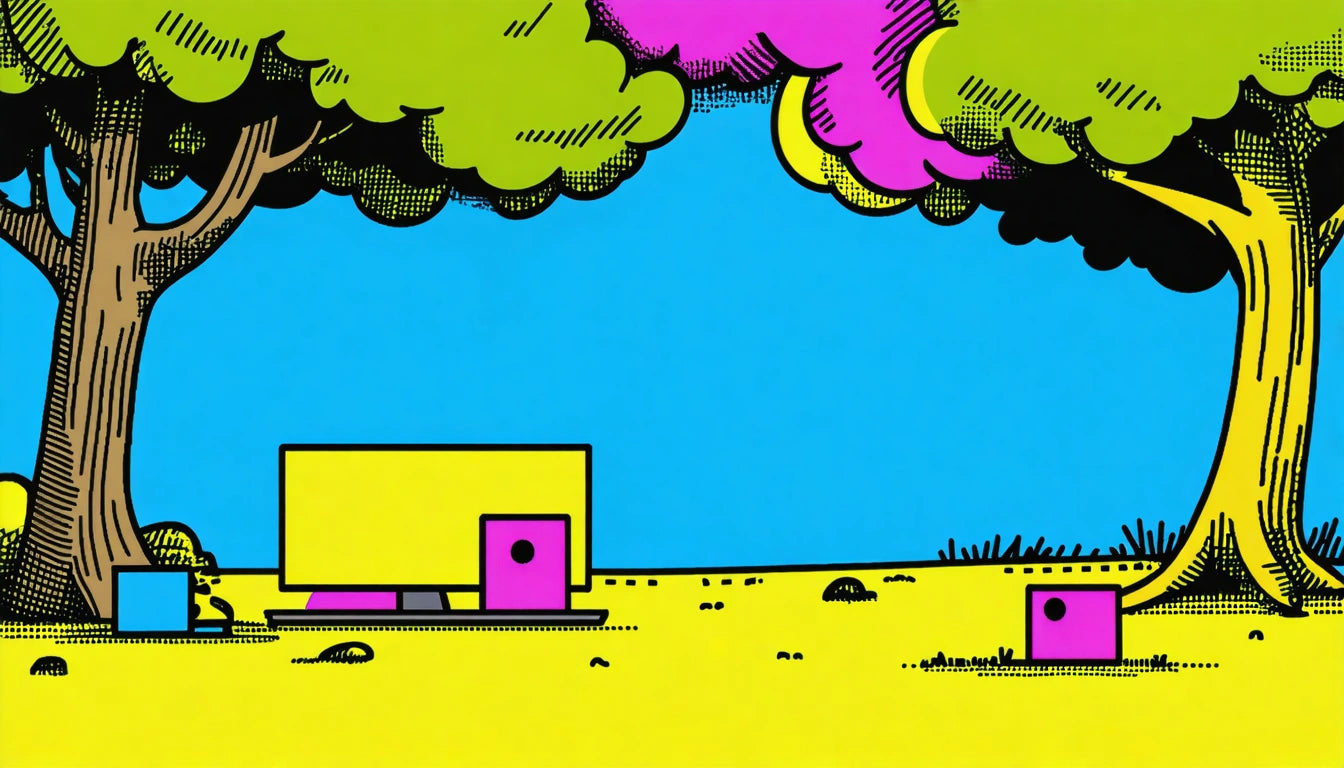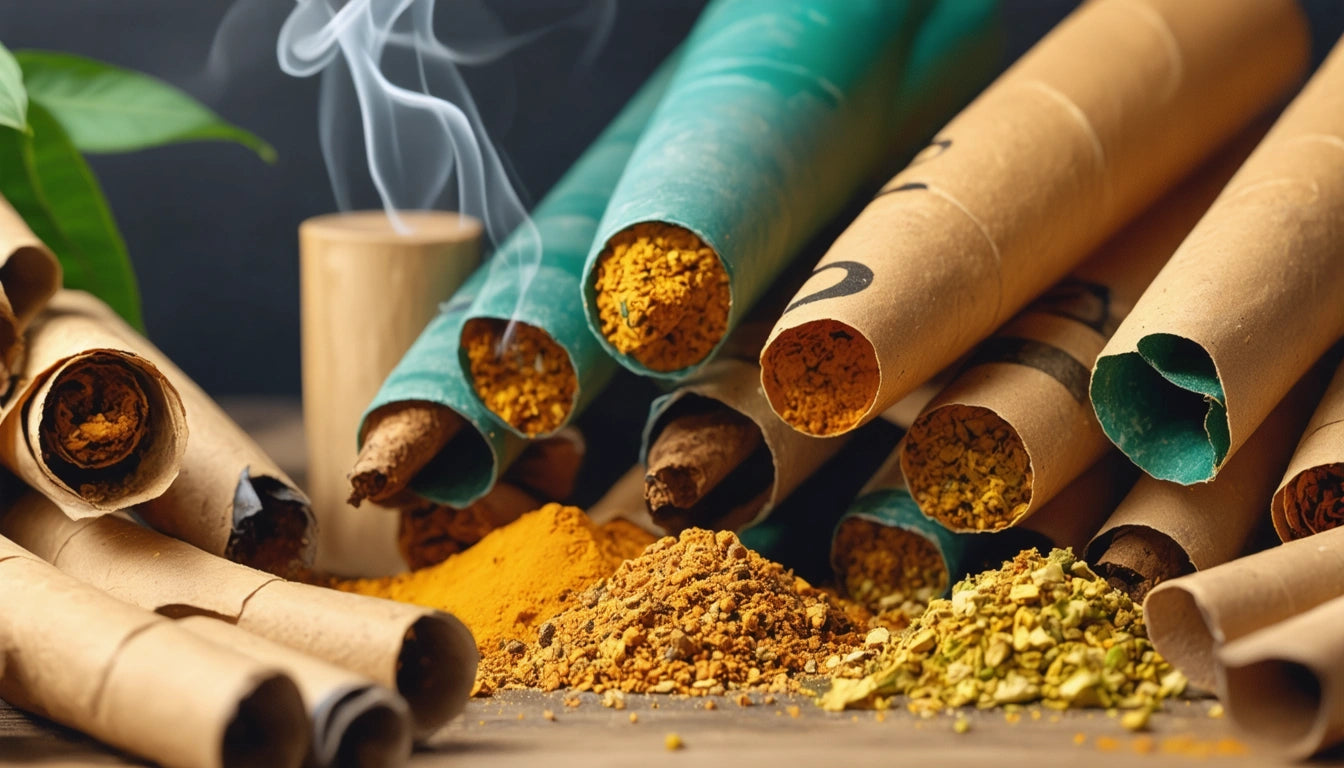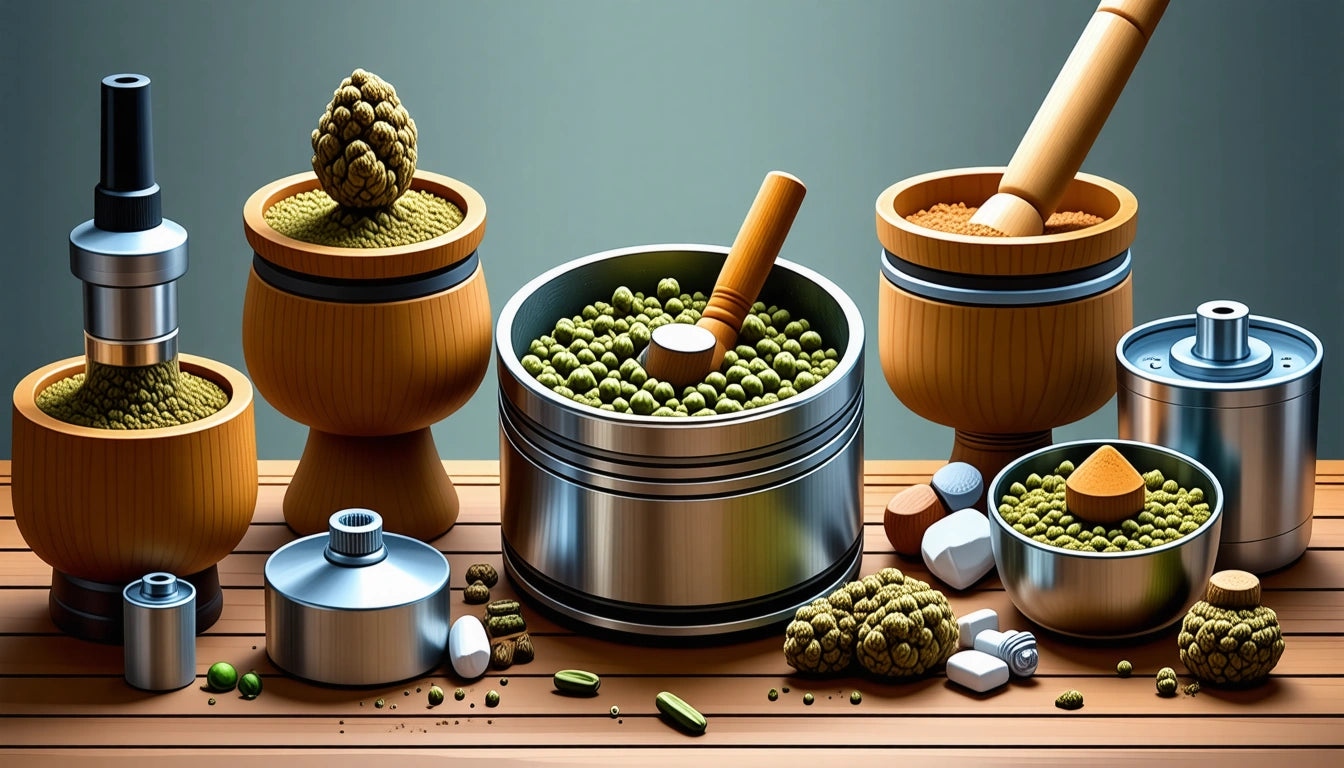Table of Contents
Understanding Color Models: CMYK, RGB, and PMS Explained
Color reproduction is a critical aspect of product packaging and marketing materials. Understanding the differences between color models like CMYK, RGB, and PMS (Pantone Matching System) helps ensure your printed materials match your digital designs. This knowledge is particularly important in the cannabis industry, where brand recognition and compliance depend on consistent, high-quality visual presentation.
Color Models Overview: Digital vs. Print
Color models are systematic methods for creating a full range of colors from a small set of primary colors. Different mediums require different color models because they create color in fundamentally different ways. Digital screens emit light (additive color), while printed materials reflect light (subtractive color).
This fundamental difference explains why colors often look different on screen versus in print, a common frustration when designing packaging for products like cannabis flower containers and eighth bags, where color accuracy can significantly impact brand perception.
RGB Color Model: Screens and Digital Displays
RGB (Red, Green, Blue) is an additive color model used primarily for digital displays. In this system:
- Colors are created by adding light of different intensities
- When all colors are combined at full intensity, they create white
- When all colors are absent, the result is black
- RGB offers a wider color gamut than CMYK, meaning it can display more colors
RGB is ideal for any content that will be viewed on screens, including websites, digital advertisements, and social media. However, RGB colors often cannot be accurately reproduced in print, which is why understanding the difference between CMYK and RGB is essential for packaging designers.
CMYK Color Model: The Standard for Print
CMYK (Cyan, Magenta, Yellow, Key/Black) is a subtractive color model used in color printing. Unlike RGB, which adds light to create colors, CMYK works by subtracting light reflected from the paper:
- Cyan, magenta, and yellow inks absorb (subtract) different wavelengths of light
- In theory, combining cyan, magenta, and yellow at 100% should produce black
- In practice, this creates a muddy dark brown, which is why black (K) is added
- CMYK is the standard for most commercial printing, including labels and packaging
For cannabis businesses, CMYK printing is typically used for larger production runs of packaging, labels, and marketing materials where cost-efficiency is important.
Why K for Black? The Origin of CMYK Notation
A common question is why is black K in CMYK instead of B? There are two main explanations:
- K stands for "Key" plate in traditional printing processes, as the black plate carried the key visual details and text
- Using K avoids confusion with Blue in the RGB model
This distinction is important when communicating with printers about your packaging specifications.
Best CMYK Profile for Printing
When preparing files for print, choosing the right CMYK profile is crucial. For most North American commercial printing:
- GRACoL 2006 Coated (SWOP) is the best CMYK profile for printing on coated paper
- SWOP (Specifications for Web Offset Publications) is standard for uncoated papers
- Always check with your printer for their specific profile recommendations
PMS Color System: Achieving Color Precision
The Pantone Matching System (PMS) is a standardized color reproduction system that ensures consistency across different printers and materials. Unlike CMYK, which creates colors by mixing four inks during printing, PMS uses pre-mixed inks for each specific color.
When comparing PMS vs CMYK, the key advantages of PMS include:
- Greater color accuracy and consistency
- Ability to reproduce colors outside the CMYK gamut
- Perfect for brand colors that must be exactly matched every time
- Ideal for metallic, fluorescent, and other specialty colors
For cannabis brands with strict color requirements or those using distinctive brand colors, PMS is often worth the additional cost.
Spot Color vs. CMYK: Key Differences
PMS colors are a type of spot color, meaning they're printed with a single pre-mixed ink rather than created through a combination of process colors. Spot color vs CMYK represents a fundamental choice in printing:
- Spot colors (like PMS) provide exact color matching but increase printing costs
- CMYK is more economical but offers a more limited color range
- Many packaging projects use a combination, with CMYK for images and spot colors for logos
Cannabis packaging often benefits from this hybrid approach, especially for products where brand recognition is paramount.
Choosing the Right Color Model for Your Cannabis Packaging
Selecting the appropriate color model depends on several factors:
- Budget considerations: CMYK is generally more economical for larger runs
- Brand requirements: If exact color matching is crucial, PMS may be necessary
- Printing method: Some printing techniques work better with specific color systems
- Material type: Different packaging materials reproduce colors differently
For cannabis businesses, understanding these distinctions helps ensure that your packaging communicates your brand effectively while meeting regulatory requirements for visibility and legibility.
Whether you're designing child-resistant pouches for flower, containers for concentrates, or boxes for edibles, color consistency across all touchpoints strengthens brand recognition and consumer trust. By mastering the fundamentals of color models, you can make informed decisions that balance visual impact, brand consistency, and production costs.











Leave a comment
All comments are moderated before being published.
This site is protected by hCaptcha and the hCaptcha Privacy Policy and Terms of Service apply.